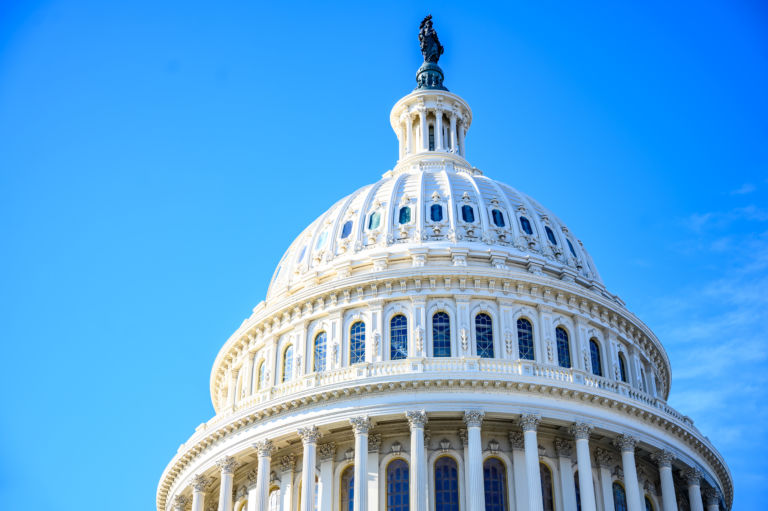Kevin Hassett writes at National Review Online about a major challenge for the new Congress.
It is astonishing how far and how rapidly the financial situation in the United States has deteriorated. Perhaps we have grown accustomed to the wailing about debt and deficits, but it has not always been so.
When Ronald Reagan took office, government debt held by the public was about $650 billion. The few liberals who still bother to criticize his presidency will concede that he won the Cold War, defeated inflation, and started a long-lasting economic boom, but his profligate defense spending — they will be quick to add — increased the national debt by a then-unprecedented amount. By the time Reagan left office, debt held by the public had indeed jumped, to about $2 trillion. Back then, liberals told us that the $1.4 trillion addition to the national debt threatened calamity. The fact that Reagan’s total effect over eight years was smaller than that of the “Inflation Reduction Act” highlights just how much times have changed.
We have spent our way into a colossal mess. After all the stimulus and other spending, debt held by the public is more than ten times the level with which Reagan left us, at about $24 trillion (though adjusting for inflation would somewhat lower this increase). If that number sounds familiar, it’s because it is similar to our recent levels of GDP, meaning that we owe almost an entire year’s national income because of our runaway spending.
Small-government conservatives have been outraged by our profligacy for decades, of course, but the stakes are getting very, very high. The fact is that if we don’t change the trajectory of our fiscal policy soon, we will inevitably suffer a Weimar Germany–style collapse of our currency. After all, in 1919, the debt that eventually led to German hyperinflation was just 50 percent of the country’s GDP! Indeed, repairing our finances enough to better resemble Weimar in 1919 would be a major accomplishment.


